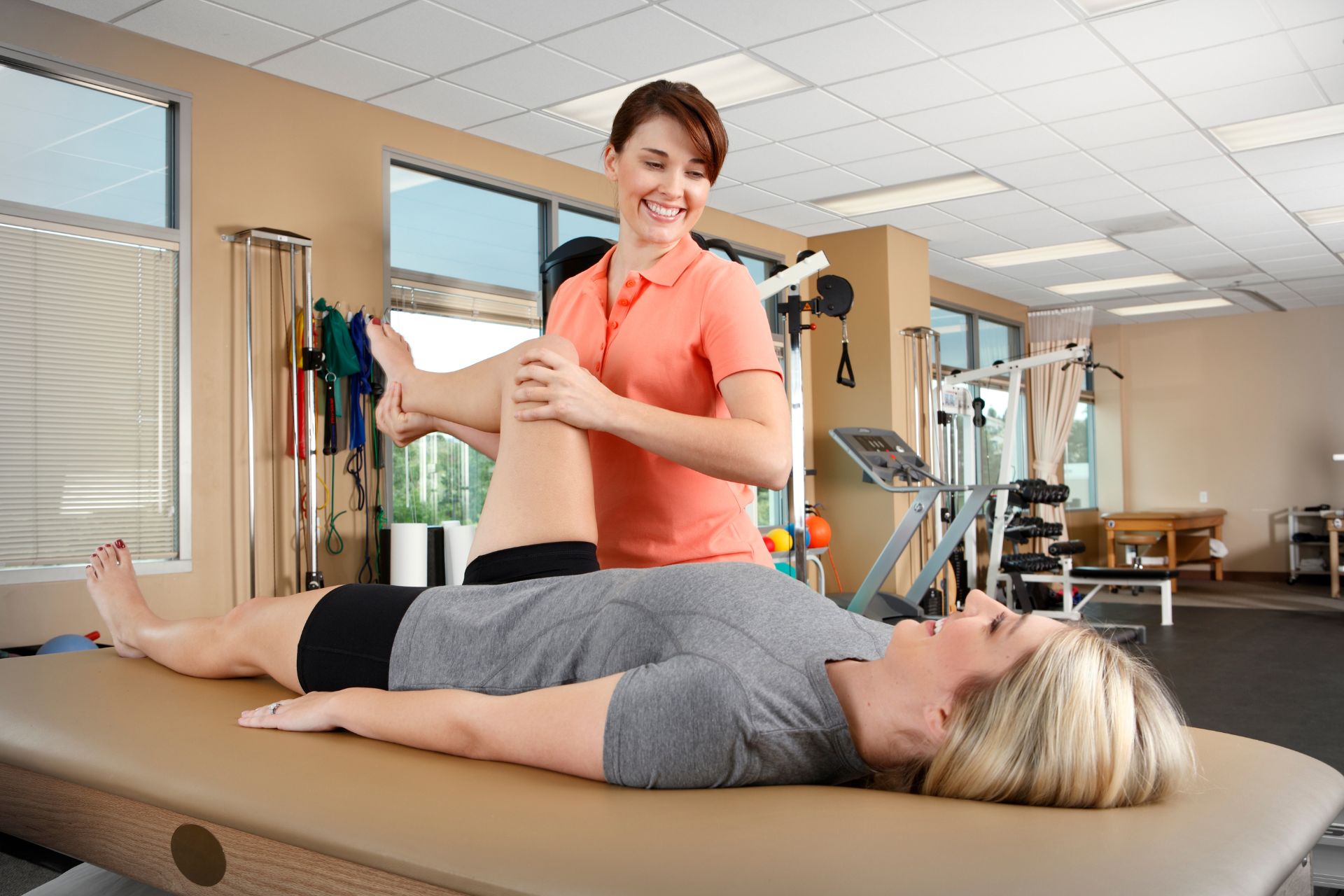Frequently Asked Questions
Kinetic chain dysfunction significantly contributes to anterior cruciate ligament (ACL) injuries in athletes by disrupting the coordinated movement patterns necessary for optimal biomechanical function. When there is improper alignment or inefficient force transfer throughout the kinetic chain—comprising segments such as the lower extremities, pelvis, and core—it can lead to increased stress on the ACL during dynamic activities like cutting, jumping, or pivoting. This dysfunction often manifests through altered neuromuscular control and muscle imbalances that impair proprioception and stability at critical joints including the knee and hip. Factors such as excessive pronation of the foot, weakness in hip abductors or external rotators, and inadequate trunk stabilization exacerbate these issues by placing undue strain on ligaments. Consequently, this maladaptive movement strategy heightens vulnerability to non-contact injuries due to compromised joint integrity under high-impact conditions common in competitive sports settings. Understanding these interrelated components of motion can aid in developing targeted injury prevention programs aimed at correcting kinetic chain deficiencies among athletes.
Muscle imbalances associated with kinetic chain dysfunction, particularly in the lumbo-pelvic-hip complex, can significantly contribute to lower back pain. For instance, a common imbalance involves tight hip flexors and hamstrings coupled with weak gluteal muscles and core stabilizers. This pattern leads to anterior pelvic tilt and altered lumbar lordosis, increasing stress on the sacroiliac joint and intervertebral discs. Additionally, overactive quadratus lumborum may create unilateral tension that exacerbates thoracolumbar fascia strain. Such dysfunctions often result from prolonged sitting or improper biomechanics during activities like squatting or lifting. Consequently, these muscle discrepancies disrupt optimal movement patterns in the kinetic chain—affecting proprioception while diminishing force production—and ultimately manifest as chronic lower back pain due to inadequate neuromuscular control and poor postural alignment within this interconnected system.
Abnormal foot mechanics, such as overpronation or supination, can significantly disrupt the kinetic chain leading to knee injuries by altering weight distribution and joint alignment. When the foot exhibits excessive pronation, it causes internal rotation of the tibia and femur, which may lead to increased stress on structures like the patellofemoral joint and result in conditions such as patellar tendinopathy or iliotibial band syndrome. Conversely, excessive supination tends to create an outward tilt in lower limb mechanics that places undue strain on lateral knee ligaments and increases susceptibility to ankle sprains alongside potential meniscal tears due to altered load-bearing patterns during dynamic activities. Additionally, these abnormal movements can exacerbate muscle imbalances within the kinetic chain—particularly affecting hip abductors and stabilizers—which further contributes to compromised stability at the knee joint. Overall, dysfunctional foot biomechanics serve as a catalyst for cumulative trauma along interconnected anatomical segments throughout gait cycles or athletic endeavors.
Core stability plays a crucial role in the kinetic chain, as it provides the foundational support necessary for optimal movement patterns; thus, any dysfunction within this system can significantly impact shoulder mechanics and contribute to impingement syndromes. Weakness or instability in core muscles—such as the transverse abdominis, multifidus, and pelvic floor—can lead to compensatory movements that alter upper extremity alignment and scapular positioning. This disruption often results in altered biomechanics during arm elevation or overhead activities, leading to increased stress on structures like the rotator cuff tendons and subacromial bursa. Consequently, impaired neuromuscular control originating from inadequate core engagement may exacerbate shoulder impingement symptoms by promoting excessive humeral head translation within the glenohumeral joint. As such, addressing core stabilization through targeted rehabilitation strategies is essential for restoring proper kinetic chain function and alleviating pain associated with shoulder impingement syndromes.
Neuromuscular control deficits significantly contribute to exacerbating kinetic chain dysfunction during rehabilitation from orthopedic injuries by impairing the coordination and timing of muscular responses essential for maintaining stability and proper movement mechanics. These deficits can lead to altered proprioception, resulting in diminished joint awareness and an increased risk of compensatory movement patterns that further stress interconnected muscle groups, ligaments, and joints within the kinetic chain. As a consequence, individuals may experience impaired force production, decreased neuromuscular efficiency, and heightened susceptibility to re-injury due to inadequate stabilization strategies. Furthermore, lack of adequate motor learning processes can hinder adaptive changes necessary for restoring functional movements post-injury; this not only prolongs recovery time but also complicates the rehabilitation process through maladaptive compensation pathways that reinforce dysfunctional biomechanics throughout various phases of healing. Hence, addressing neuromuscular control is vital for optimizing therapeutic outcomes and ensuring effective restoration of dynamic equilibrium across affected musculoskeletal systems during recovery from injury.

